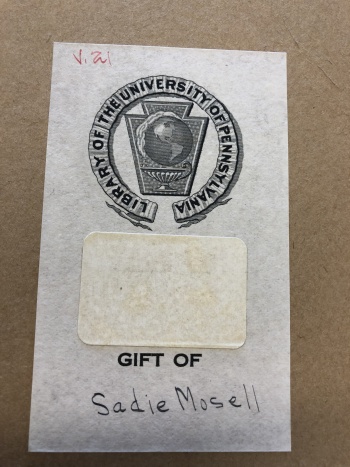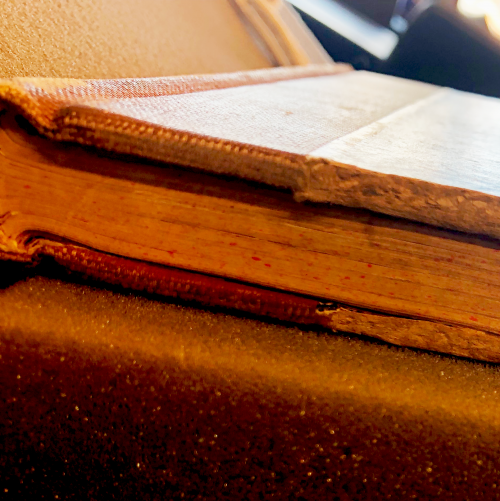Paper
Print as Liberatory Practice: An Analysis of Early African-American Material Text
Be it enacted…that any free person, who shall hereafter teach, or attempt to teach, any slave within the State to read or write, the use of figures excepted, or shall give or sell to such slave or slaves any books or pamphlets, shall be liable to indictment in any court of record…
-Act Passed By the General Assembly of the State of North Carolina at the Session of 1830-1831
When we take a moment to consider the unique history that African-Americans hold in regard to literacy, the marvels that they have accomplished to establish themselves in the canon of American letters are all the more remarkable. In a postbellum United States landscape, Black Americans made conscious and pragmatic moves to explore the canonical genres of American letters—such as newspapers and periodicals—and transform them into tools of liberation in form and purpose. Through material and bibliographic analysis of The Crisis, the first Black owned and operated news publication in the United States, this page aims to unpack the ways in which a collective network of Black scholars (NAACP affiliated and otherwise) came together to use paper as a physical substrate to argue for the legitimacy of Black press.
A Radical Gift


The University of Pennsylvania’s rare book collection is expansive, to say the least. While the archive’s holdings include thousands of texts from a myriad of sources, one particular section holds an especially potent history for African-American material text. Donated by Sadie Tanner Mossell Alexander (also known as Sadie Mossell), the collection of early editions of The Crisis is a valuable addition to the library’s catalog (Figure 1). Such a generous gift begs questions of form and permanence. What does it mean for a young Black scholar—the first woman to receive a law degree from Penn—to assign value to a text like this even before she graduated? Mossell’s archival work quite literally cemented The Crisis into one of the most prestigious research institutions in the United States. How did she code that assignment of merit into the physical form of the text itself?
A preliminary analysis of the books themselves makes this clear. The Mossell copies of The Crisis are neatly rebound in hardcover (Figure 2), moving away from the ephemeral nature of the original periodicals and into a form that calls for permanence. As demonstrated in Figure 3, original editions of The Crisis were saddle-stitched folios made with wood pulp paper, a substrate that was in vogue at the time of their publication (while the exact method used is debatable, Figure 4 provides evidence of either saddle-stitching or loop-stitching). While this format likely made distribution easy and kept costs down, it granted the publication the same gravity as any other lightweight pamphlet, making it easy for the reader to deem it disposable. The temporal consequences of such formatting are also apparent in Penn’s collection. Usage of saddle-stitching on such low-quality paper has worn holes into many pages of Volume 21, as we can see in Figure 4. However, once Mossell’s copies were deemed worthy of official archival, their physical qualities changed completely. Most drastic is the change in binding, but other, more subtle shifts in form also communicate the goal of textual gravitas. Figure 5 notes the sprinkled red Fore-Edge_Painting along the outside of Volume 21. Since Medieval times, fore-edge treatment and decoration has been used by book-makers to denote importance and call for attention. Although it is a small stylistic choice for a book, it is quite effective. Even nearly a century later, the speckled dots along the edge of the book caught my eye, making Volume 21 the first text that I examined.